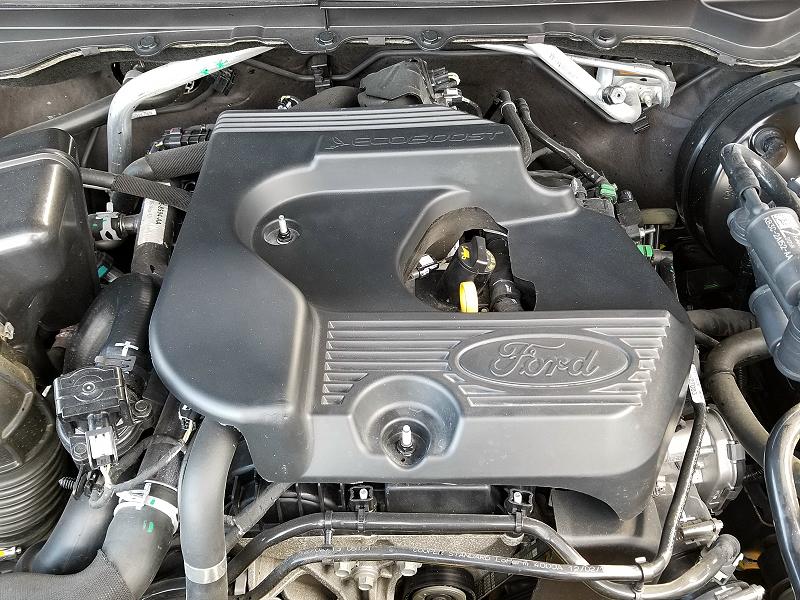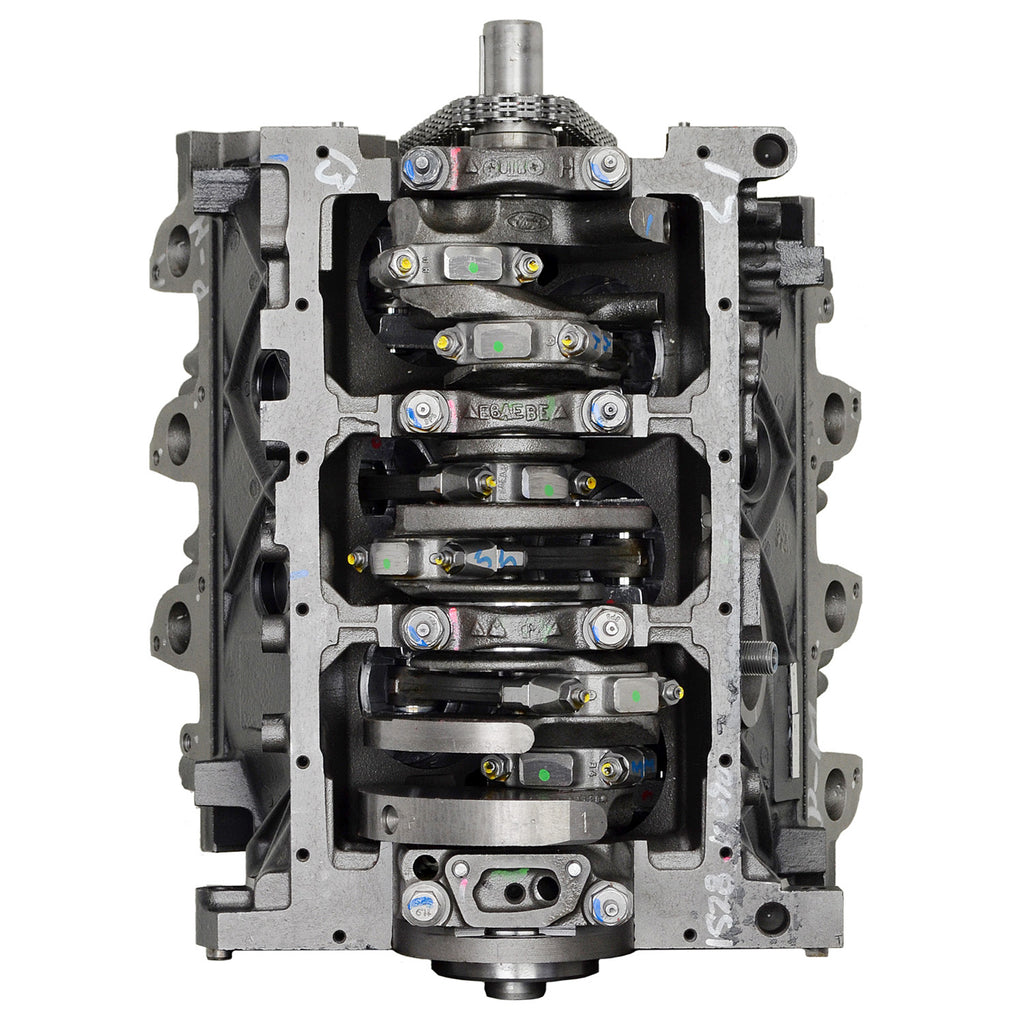How the 2.2 Ford Ranger Engine Delivers Power and Efficiency for Your Truck
How the 2.2 Ford Ranger Engine Delivers Power and Efficiency for Your Truck
Blog Article
Recognizing the Basics of Car Engines: Functions, kinds, and features

Overview of Cars And Truck Engines
A cars and truck engine works as the heart of a lorry, converting fuel right into mechanical energy to drive it forward. This intricate system consists of numerous elements that work in unison to make certain ideal efficiency and efficiency. The basic procedure of a vehicle engine includes the inner combustion procedure, wherein fuel and air are mixed, fired up, and expelled to develop power.
The engine's layout can considerably affect its efficiency, fuel efficiency, and emissions. Secret elements include the cylinder block, pistons, crankshaft, and camshaft, each playing an important role in the engine's overall function.
In addition to these elements, engines frequently make use of various systems such as fuel injection, ignition, and cooling systems to improve efficiency and longevity. Comprehending the standard technicians of car engines is vital for executing and diagnosing problems upkeep, inevitably adding to the vehicle's integrity and performance over time.

Sorts Of Cars And Truck Engines
Vehicle engines can be categorized right into numerous types based upon their layout, fuel kind, and operational concepts. 2.2 ford ranger engine. The most common categories include interior burning engines (ICE), electric engines, and hybrid engines
Interior combustion engines, which can be additional divided right into gas and diesel engines, operate by firing up a fuel-air mixture to produce power. Gasoline engines are typically lighter and smoother, while diesel motor are much more fuel-efficient and deal higher torque.
Electric engines utilize electrical power saved in batteries to power an electric motor, providing instant torque and zero exhausts throughout operation. As modern technology developments, electric cars (EVs) are progressively ending up being preferred for their environmental benefits and lower running expenses.
Crossbreed engines incorporate elements of both inner burning and electrical engines, enabling flexible source of power and improved gas effectiveness. They can operate in different settings, using either the gasoline engine, the electric motor, or both at the same time.
Each kind of engine has distinctive benefits and drawbacks, influencing their application in various automobile types and market sectors, from portable cars and trucks to durable vehicles. Recognizing these types is essential for making educated choices relating to lorry option and performance assumptions.
Engine Functions Explained
Recognizing engine features is crucial for grasping just how automobiles operate efficiently. At the core of any type of interior combustion engine exists the essential procedure of transforming fuel into power. This process begins with the intake stroke, where air and gas are drawn into the combustion chamber. Following this, the compression stroke compresses the air-fuel mixture, raising its temperature and pressure.
The ignition occurs following, stiring up the combination and producing a fast expansion of gases. This force drives the piston down throughout the power stroke, which inevitably translates right into the rotational activity of the crankshaft. The exhaust stroke then eliminates the invested gases from the chamber, making means for a new cycle to commence.
Along with these main features, engines additionally incorporate systems that handle air conditioning and lubrication, making sure optimal functional temperatures and reducing rubbing in between relocating more helpful hints components. This complex interaction of functions makes it possible for the engine to produce the power required for car propulsion while maintaining efficiency and reliability. Comprehending these functions gives beneficial insight right into the complexities of automobile engineering and boosts the ability to identify and address engine-related concerns effectively.
Trick Engine Attributes
Engine layout encompasses several vital features that substantially affect effectiveness, resilience, and efficiency. Among one of the most crucial elements is the engine arrangement, that includes inline, V-type, and flat styles. Each configuration influences the engine's power, equilibrium, and dimension outcome, consequently influencing total automobile characteristics.
An additional crucial function is the engine displacement, describing the complete quantity of all cylinders. Bigger displacements normally produce more power yet may endanger gas performance. Engine products additionally play a crucial role; high-strength and lightweight products, such as aluminum and magnesium alloys, boost efficiency without including extreme weight.
The kind of gas injection system employed-- such as multi-port or straight injection-- influences combustion effectiveness and emissions. Turbocharging and navigate here turbo charging are functions that enhance engine efficiency by compeling additional air right into the burning chamber, boosting power output without dramatically enhancing engine size.
Finally, the visibility of advanced engine administration systems maximizes fuel-air mix and ignition timing, adding to smoother operation and much better fuel economic situation. Collectively, these features define an engine's capabilities, establishing the foundation for its efficiency and long life in an affordable vehicle landscape.
Upkeep Tips for Engines
Appropriate engine upkeep is important for ensuring optimal performance and longevity, as overlooking regular treatment can lead to significant issues down the line. To maintain your engine properly, start with normal oil changes, normally every 3,000 to 7,500 miles, depending upon the type of oil utilized. Fresh oil lubes engine components, minimizing friction and wear.
Furthermore, keeping track of coolant degrees is essential to prevent overheating. Make sure that the coolant is topped up and remains in good condition to keep reliable temperature level policy. Consistently replace and examine air and fuel filters, as clogged up filters can impede air flow and fuel delivery, endangering engine efficiency.
Additionally, take notice of ignition system and ignition systems. Damaged or worn ignition system can cause misfiring and lowered performance. Checking the battery terminals and links for rust is likewise vital, as a weak battery can impact engine starting.

Verdict
In recap, a detailed understanding of vehicle engines incorporates numerous types, features, and key attributes that considerably affect vehicle performance. Inner combustion engines, along with hybrid and electrical alternatives, show varied systems for energy conversion. 2.2 ford ranger engine. Recognizing the essential features, such as intake and exhaust cycles, along with vital engine attributes like setup and fuel shot systems, furnishes vehicle owners with the expertise essential for effective upkeep and operation, inevitably improving lorry long life and effectiveness
A cars and truck engine offers as the heart of an automobile, transforming gas into mechanical power to propel it ahead. The essential procedure of a car engine includes the inner burning go to my blog procedure, wherein gas and air are mixed, ignited, and gotten rid of to create power.
Routinely replace and examine air and fuel filters, as stopped up filters can impede air movement and fuel shipment, endangering engine performance. - 2.2 ford ranger engine
In summary, a comprehensive understanding of vehicle engines incorporates numerous types, features, and key attributes that dramatically influence vehicle performance. Recognizing the necessary features, such as intake and exhaust cycles, along with vital engine features like setup and gas shot systems, gears up automobile owners with the knowledge essential for reliable upkeep and procedure, ultimately boosting vehicle long life and efficiency.
Report this page